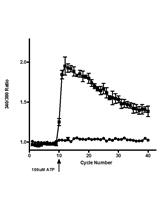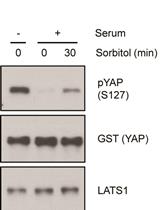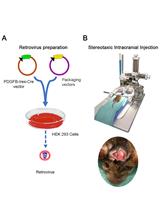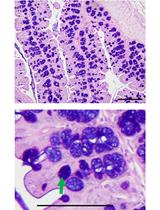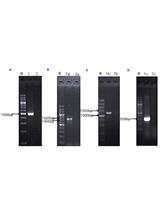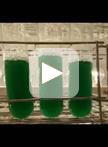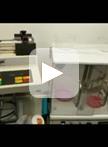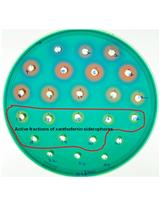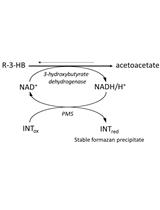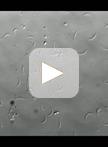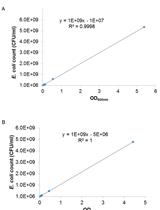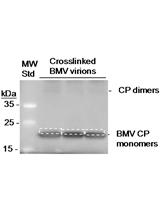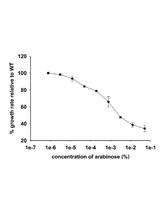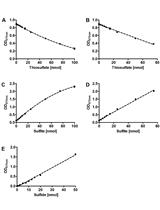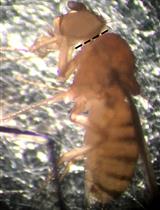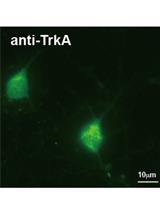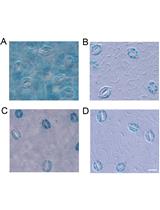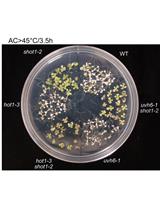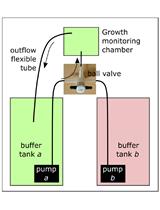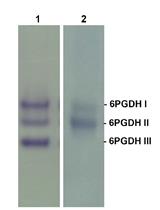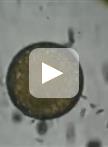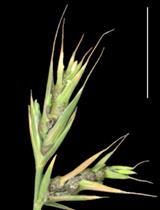往期刊物2017
卷册: 7, 期号: 14
生物化学
Cell Type-specific Metabolic Labeling of Proteins with Azidonorleucine in Drosophila
果蝇中含叠氮正亮氨酸蛋白质的细胞类型特异性代谢标记
Mass Spectrometry-based in vitro Assay to Identify Drugs that Influence Cystine Solubility
基于质谱法的体外实验鉴定影响胱氨酸溶解度的药物
In vitro AMPylation Assays Using Purified, Recombinant Proteins
使用纯化的重组蛋白进行体外AMP化实验
[2-3H]Mannose-labeling and Analysis of N-linked Oligosaccharides
N-连接寡糖的[2-3H] 甘露糖标记和分析
癌症生物学
Measurement of the Intracellular Calcium Concentration with Fura-2 AM Using a Fluorescence Plate Reader
使用荧光读板仪通过钙指示剂Fura-2 AM 测定细胞内钙浓度
Non-radioactive LATS in vitro Kinase Assay
非放射法体外测定LATs激酶活性
Glioma Induction by Intracerebral Retrovirus Injection
脑内注射逆转录病毒诱导胶质瘤
免疫学
Analyzing the Properties of Murine Intestinal Mucins by Electrophoresis and Histology
电泳和组织学检查分析小鼠肠黏蛋白的性质
Preparation of Mosquito Salivary Gland Extract and Intradermal Inoculation of Mice
蚊子唾液腺提取物的制备与小鼠真皮内接种
微生物学
Using CRISPR/Cas9 for Large Fragment Deletions in Saccharomyces cerevisiae
利用CRISPR/Cas9对酿酒酵母基因组进行大片段敲除
Quantification of Chlorophyll as a Proxy for Biofilm Formation in the Cyanobacterium Synechococcus elongatus
定量测定蓝藻细长聚球藻中作为生物膜形成代用指标的叶绿素
Bioelectrospray Methodology for Dissection of the Host-pathogen Interaction in Human Tuberculosis
生物电喷雾法剖析人类结核病中宿主与病原体的相互作用
Xanthoferrin Siderophore Estimation from the Cell-free Culture Supernatants of Different Xanthomonas Strains by HPLC
HPLC法估测不同黄单胞菌菌株培养的无细胞上清液中黄单胞菌铁载体
Quantitative Determination of Poly-β-hydroxybutyrate in Synechocystis sp. PCC 6803
集胞藻PCC 6803中聚-β-羟基丁酸的定量测定
Plasmodium Sporozoite Motility on Flat Substrates
疟原虫孢子体在平面基质上的能动性
Determination of Survival of Wildtype and Mutant Escherichia coli in Soil
野生型和突变型大肠埃希杆菌在土壤中的存活测定
Mapping RNA Sequences that Contact Viral Capsid Proteins in Virions
病毒粒子中接触病毒衣壳蛋白RNA的序列图谱绘制
Gene Dosage Experiments in Enterobacteriaceae Using Arabinose-regulated Promoters
肠杆菌科中受阿拉伯糖调节启动子调控的基因剂量实验
The Sulfur Oxygenase Reductase Activity Assay: Catalyzing a Reaction with Elemental Sulfur as Substrate at High Temperatures
硫加氧还原酶活性测定: 高温条件下催化以元素硫为底物的反应
神经科学
Aldicarb-induced Paralysis Assay to Determine Defects in Synaptic Transmission in Caenorhabditis elegans
涕灭威诱导的麻痹分析法测定秀丽隐杆线虫突触传递缺陷
Ciberial Muscle 9 (CM9) Electrophysiological Recordings in Adult Drosophila melanogaster
成年黑腹果蝇食窦肌肉9(CM9)的电生理记录
Isolation and Culturing of Rat Primary Embryonic Basal Forebrain Cholinergic Neurons (BFCNs)
大鼠原代胚胎基底前脑胆碱能神经元(BFCN)的分离与培养
植物科学
GUS Staining of Guard Cells to Identify Localised Guard Cell Gene Expression
GUS染色保卫细胞以鉴定保卫细胞中基因的表达
Rice Lamina Joint Inclination Assay
水稻叶节夹角测定
Assessing Plant Tolerance to Acute Heat Stress
植物对急性热胁迫耐受性的评估
Non-invasive Protocol for Kinematic Monitoring of Root Growth under Infrared Light
红外线下根生长运动学的无创监测实验方案
Separation of Plant 6-Phosphogluconate Dehydrogenase (6PGDH) Isoforms by Non-denaturing Gel Electrophoresis
通过非变性凝胶电泳法分离植物6-磷酸葡萄糖酸脱氢酶(6PGDH)同工型
Isolation of Fucus serratus Gametes and Cultivation of the Zygotes
齿缘墨角藻配子的分离和合子的培养
Isolation of Ustilago bromivora Strains from Infected Spikelets through Spore Recovery and Germination
通过孢子恢复和萌发从感染的小穗分离雀麦黑粉菌菌株
干细胞
Implantation of Human Peripheral Corneal Spheres into Cadaveric Human Corneal Tissue
将人外周角膜球体植入尸体人角膜组织


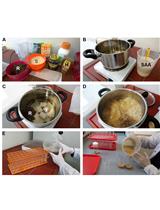

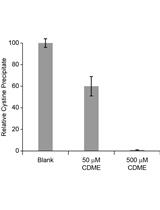





![N-连接寡糖的[2-3H] 甘露糖标记和分析](https://en-cdn.bio-protocol.org/imageup/arcimg/20170718074630401.jpg?t=1765733361)

